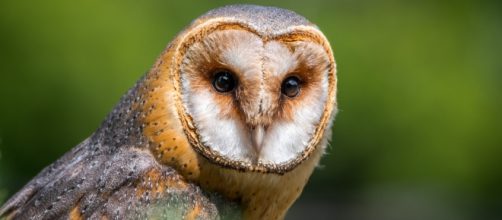Scientists have discovered that Barn Owls keep their sharp sense of hearing well into old age. Understanding more about this characteristic may help experts develop new treatments for humans with Hearing Problems. As starlings too have been previously shown to have this profound ability, it is believed by scientists that birds are immune to age-related Hearing Loss.
In fact, birds are able to repair any damage to their inner year naturally. It is just like humans being able to repair their wounds. Researcher Georg Klump of the University of Oldenburg said that owls too could retain their sense of hearing even when they grow really old.
On the contrary, all mammals suffer from hearing-related problems in old age.
Humans have lost their regenerative capabilities
Klump said that humans lost their regenerative abilities during some point in their evolution. Humans lose greater than 30 dB in sensitivity at high frequencies by the time they reach 65 years of age, reports BBC News. The researchers are currently investigating the differences between mammals and birds regarding hearing loss in old age.
Stanford University School of Medicine’s Dr. Stefan Heller stated that a lot of work needs to be done on this front. Many laboratories across the globe are trying to find out the differences in regenerative capacities between mammals and birds.
Various comparative studies are already in progress.
Barn owls are immune to hearing loss
The study was conducted on seven confined barn owls, and the results have been published in the journal Royal Society Proceedings B. As mentioned in the survey findings, the owls were trained to receive food rewards after flying to a perch via response to sounds. The eldest of the owls, having an age of 23, showed absolutely no signs of hearing loss.
Barn owls live to an age of three or four when in the wild. They hunt prey at night and rely on their hearing to do so. While old birds experience minimal hearing loss, the barn owls showed no signs at all. The age-related hearing loss has also been observed in chinchillas, gerbils, and mice.
The deficits have been linked to tiny hair cell deterioration. These cells are found in the sensitive layer of the eardrum. Barn owls are the most widespread of all owls. They are found everywhere except the desert and polar regions. Their hearing is ten times more sensitive than humans. The finding is significant as more studies on them can lead to hearing loss cures in humans.


